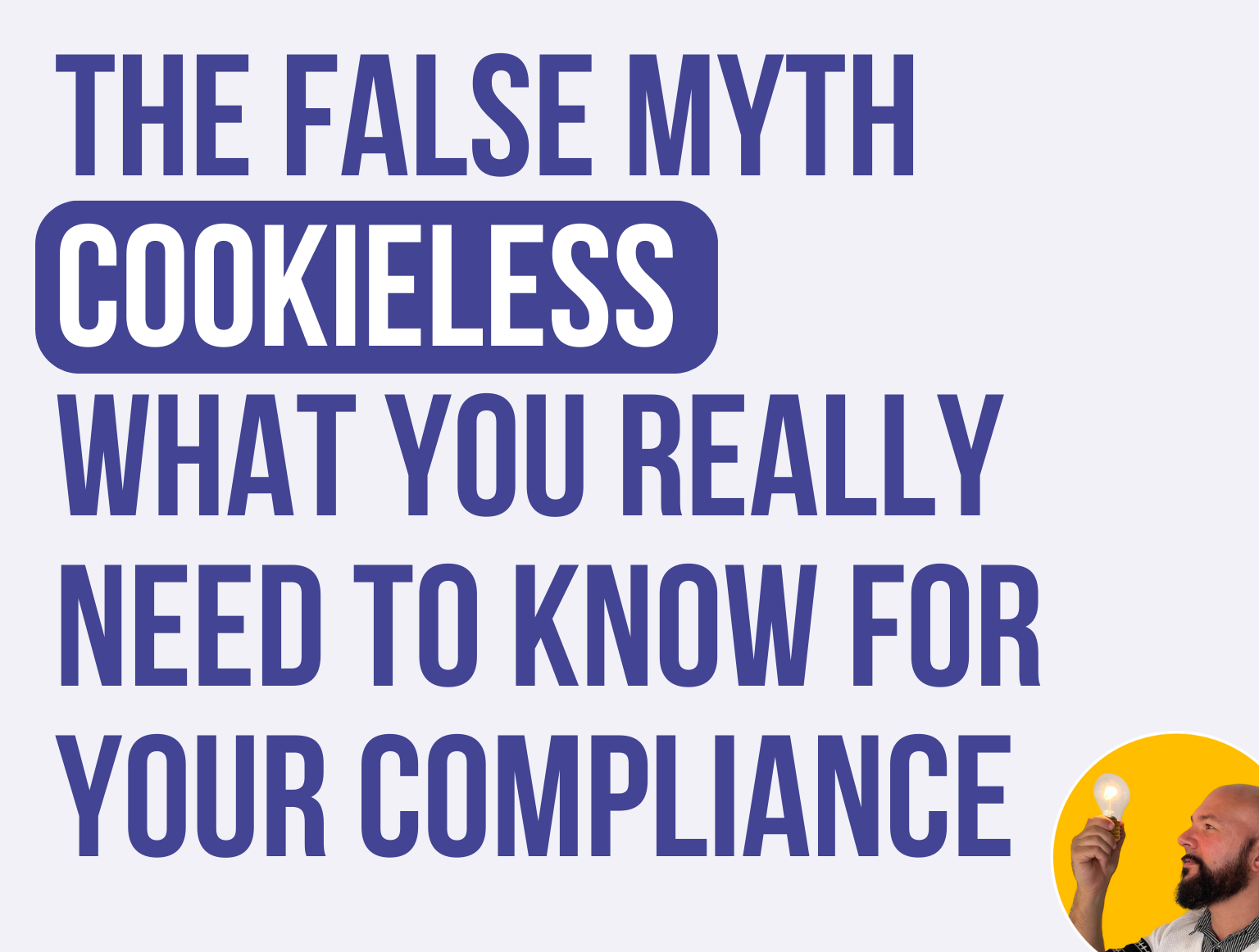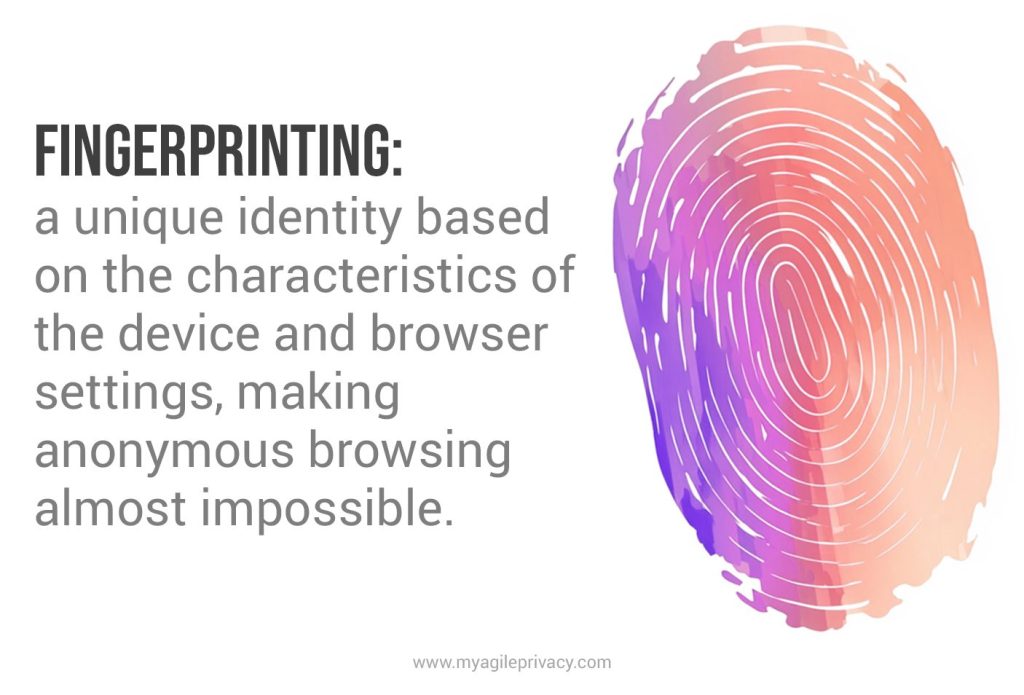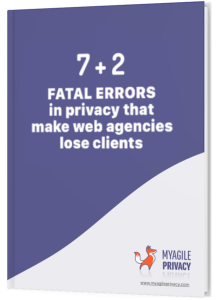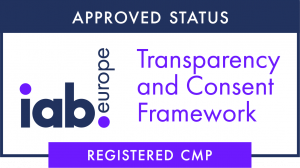
In recent years, the term ‘cookieless’ has gained popularity in digital marketing and privacy discussions. Companies and experts often promote a cookie-free future, highlighting technologies that claim to protect user privacy.
However, this “cookieless” approach can be misleading. The real issue isn’t the specific storage technology—it’s about obtaining meaningful user consent.
The Fallacy of ‘Cookieless’ as a Privacy Solution
Cookies have long been central to online privacy debates. These small files enable websites to track and store information on users’ devices.
With growing awareness of data tracking and stricter regulations, “cookieless” has been marketed as a solution for improved privacy. Supposedly, removing cookies would make online experiences safer and less invasive. In reality, this is a misconception.
Cookieless methods do not eliminate tracking—they simply shift it to other techniques:
- Browser and device fingerprinting
- Tracking by unique device identifiers
- Server-side data collection
Although sometimes described as “more ethical,” these approaches can be just as invasive and challenging to control as cookies, raising the same privacy concerns.
Another key issue is data consolidation: if third-party cookies disappear, tech giants like Google and Meta, who own vast first-party data sets, can further increase their dominance, making it harder for smaller businesses to compete in digital advertising.
The Profound Transformation of Tracking Technologies
Switching to cookieless tracking doesn’t guarantee better user privacy. On the contrary, some of these technologies can be even more powerful for tracking and profiling users.
For example, browser fingerprinting generates a unique identity based on device and browser details—making true anonymity nearly impossible. Unlike cookies, fingerprinting cannot easily be deleted or blocked by users.

Other emerging strategies include cohort-based tracking (like Google’s Privacy Sandbox and Topics API), which group users by interests rather than by individual profiles. While this aims to balance privacy and ad targeting, critics warn these methods can still enable tracking—just at a more aggregate level.
The demise of third-party cookies is forcing a shift in advertising, with alternatives like server-side tracking (moving data collection from the browser to the server) making monitoring more opaque and less subject to privacy controls.
Ultimately, replacing cookies with more sophisticated tracking may only create a false sense of security. Users may believe their data isn’t being collected simply because cookies are gone, when, in reality, even more effective—and less visible—tracking methods are being used.
Preventive Blocking: The Only Way to Guarantee Real Consent
Real privacy protection isn’t about which technology you use, or simply eliminating third-party cookies—it’s about a core principle: no user data should be collected without clear, informed consent.
Laws like the GDPR require that consent be informed, freely given, and revocable at any time. Unfortunately, some companies try to bypass these rules through deceptive interfaces or techniques that make tracking appear unavoidable.
Some argue that “cookieless” tracking allows data collection without consent, using more obscure and sophisticated means. This not only violates the spirit of privacy regulations but also erodes user trust.

The only true way to respect privacy is through preventive blocking. My Agile Privacy ensures that no trackers—cookies, fingerprinting, or otherwise—are set until the user has provided genuine, informed consent. No data is collected or sent to third parties unless the user expressly agrees.
Choosing My Agile Privacy means going beyond compliance: it’s about transparency, putting user control at the center, and applying the law in its truest sense. If you want truly ethical and transparent data management, without shortcuts, choose My Agile Privacy.
Your users’ privacy is not optional.










